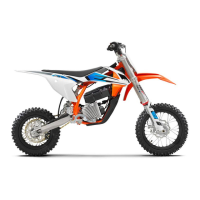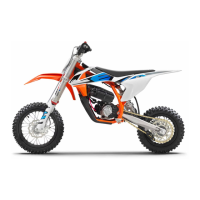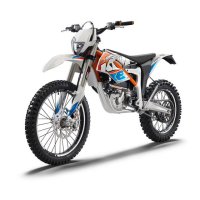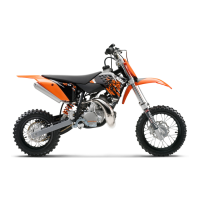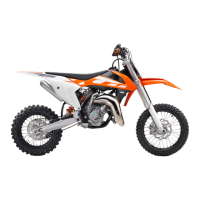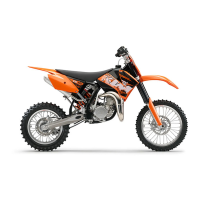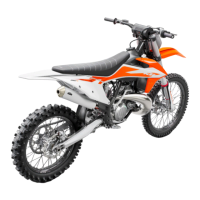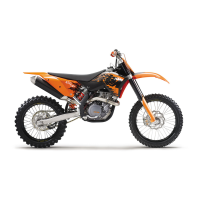What to do if my KTM SX-E 5 2021 shows blink code 88?
- CCarlos RodriguezAug 2, 2025
If your KTM Motorcycle displays blink code 88, it indicates a fault in the On/Off button. First, deactivate the vehicle, wait four minutes, and then reactivate it. If the problem persists, inspect the On/Off button for any signs of damage.
